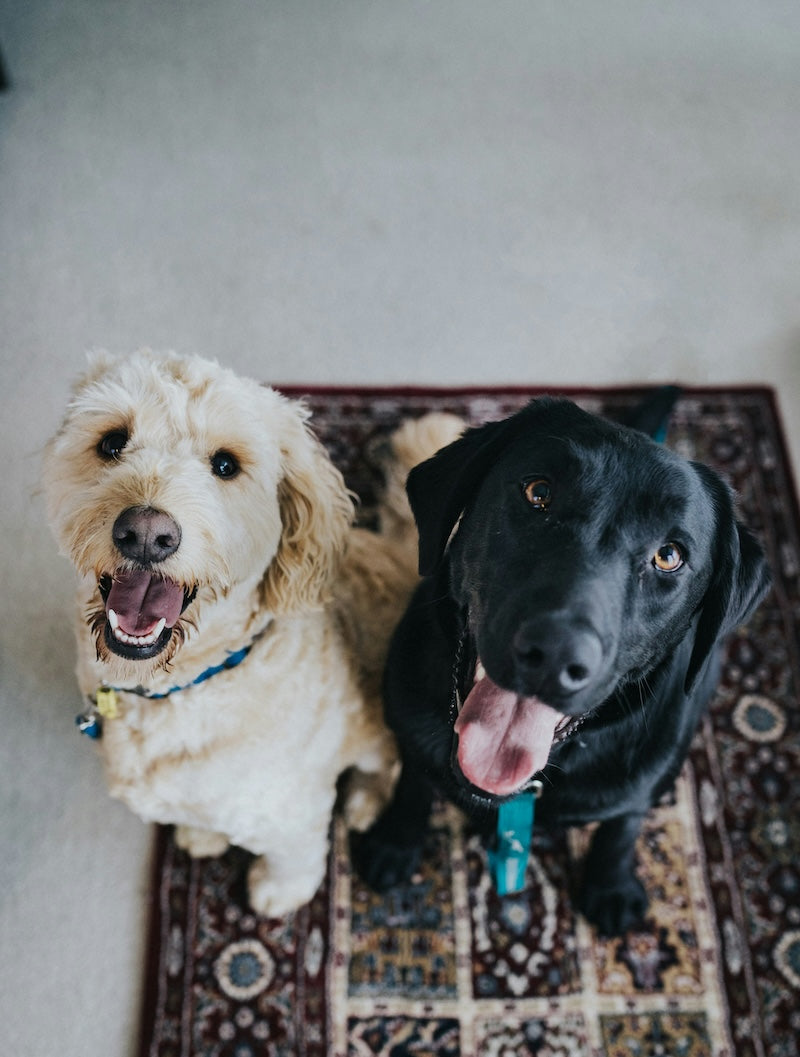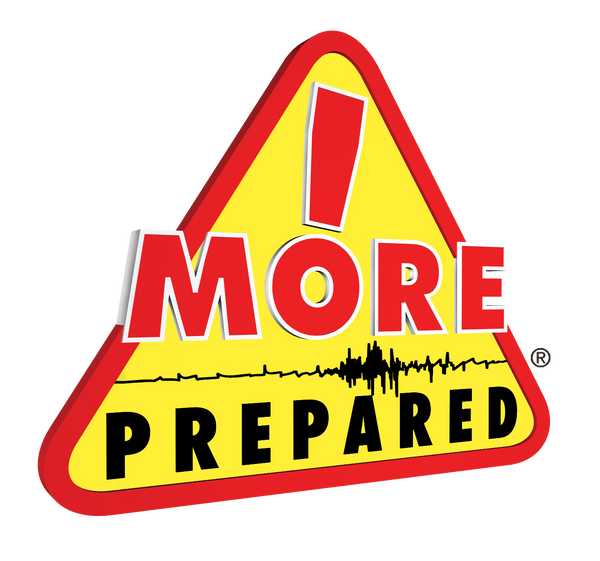
Preparedness for Your Pets
Your pets are part of your family. Make sure they are prepared with their own survival kits and supplies.
Before a Disaster
For public health reasons, many emergency shelters cannot accept pets. Prepare a list of family, friends, boarding facilities, veterinarians, and “pet-friendly” hotels that could shelter your pets in an emergency.
Include your local animal shelter's number in your list of emergency numbers - they might be able to provide information concerning lost pets during a disaster.
Pack or purchase a “pet survival kit” for each pet that can be used during a disaster. It should contain a leash, pet food, bottled water, medications, veterinary records, cat litter/pan, can opener, food dishes, first aid kit and a recent photo of your pet.
Make sure identification tags are up to date and securely fastened to your pet's collar. If possible, attach the address and/or phone number of your evacuation site. Your pet should also get microchipped. If your pet gets lost, his tag or microchip are his ticket home. Make sure you have a current photo of your pet for identification purposes.
Make sure you have a secure pet carrier, leash or harness for your pet since some pets panic during a disaster and try to run away.
During a Disaster
Bring your pets inside immediately. Animals have instincts about severe weather changes and will often isolate themselves if they are afraid. Bringing them inside early can stop them from running away. Never leave a pet outside or tied up during a storm.
Have newspapers, pee pads or a litter box on hand for sanitary purposes. Feed the animals moist or canned food so they will need less water to drink.
Separate dogs and cats. Even if your dogs and cats normally get along, the anxiety of an emergency situation can cause pets to act irrationally. Keep small pets away from cats and dogs.
If you evacuate your home, DO NOT LEAVE YOUR PETS BEHIND! Pets will not likely survive on their own, and if they do, you may not be able to find them when you return.
If there you absolutely have no alternative but to leave your pet at home, there are some precautions you must take, but remember that leaving your pet at home alone can place your animal in great danger! Confine your pet to a safe area inside -- NEVER leave your pet chained outside! Leave them loose inside your home with food and plenty of water. Remove the toilet tank lid, raise the seat and brace the bathroom door open so they can drink. Place a notice outside in a visible area, advising what pets are in the house and where they are located. Provide a phone number where you or a contact can be reached as well as the name and number of your vet.
In an emergency, you may have to take your birds with you. Talk with your veterinarian or local pet store about special food dispensers that regulate the amount of food a bird is given. Make sure that the bird is caged and the cage is covered by a thin cloth or sheet to provide security and filtered light.
After a Disaster
If you have to leave town after a disaster, take your pets with you. Pets are unlikely to survive on their own.
In the first few days after the disaster, leash your pets when they go outside. Always maintain close contact. Familiar scents and landmarks may be altered and your pet may become confused and lost. Also, snakes and other dangerous animals may be brought into the area with flood areas.
The behavior of your pets may change after an emergency. Normally quiet and friendly pets may become aggressive or defensive. Watch animals closely. Leash dogs and place them in a fenced yard with access to shelter and water.
